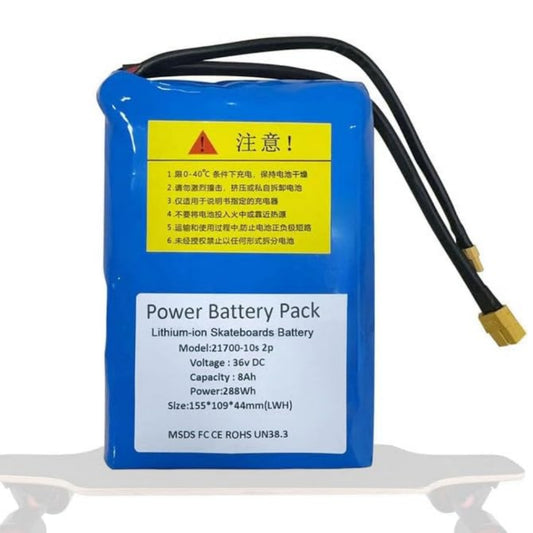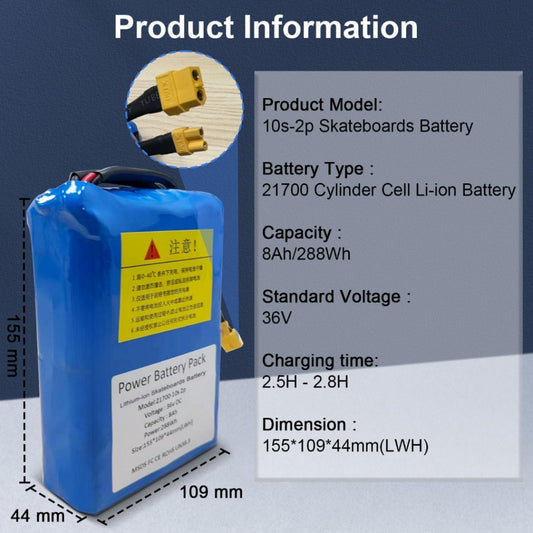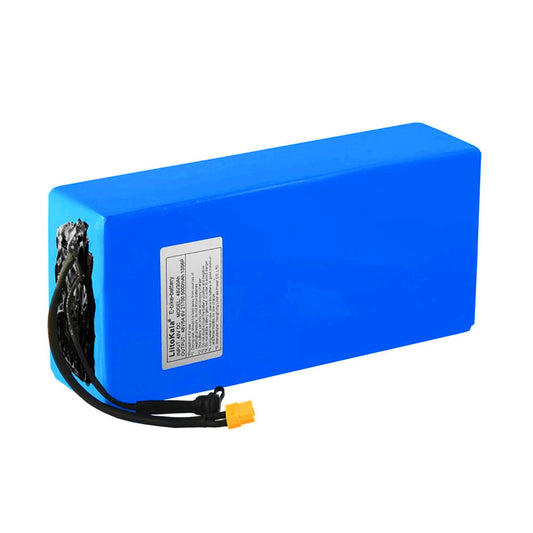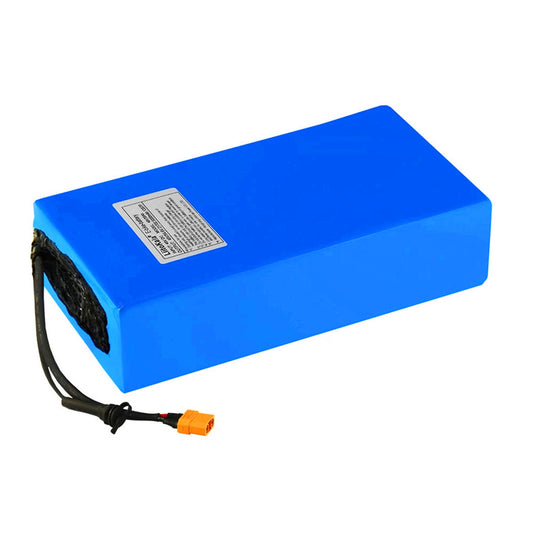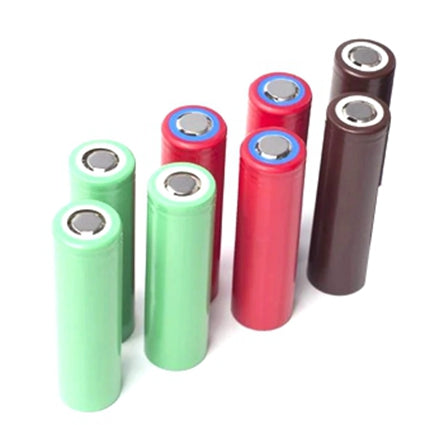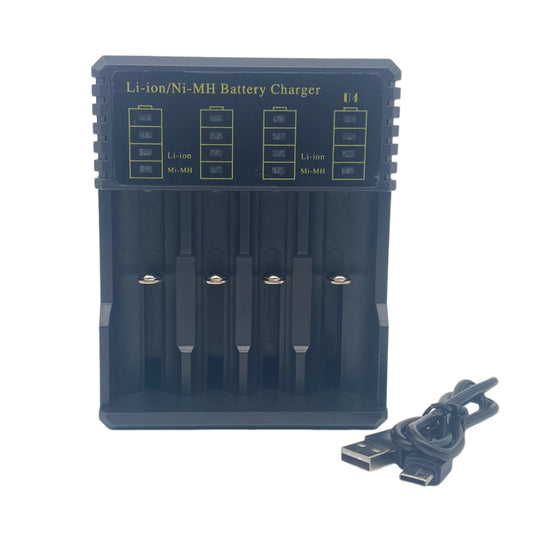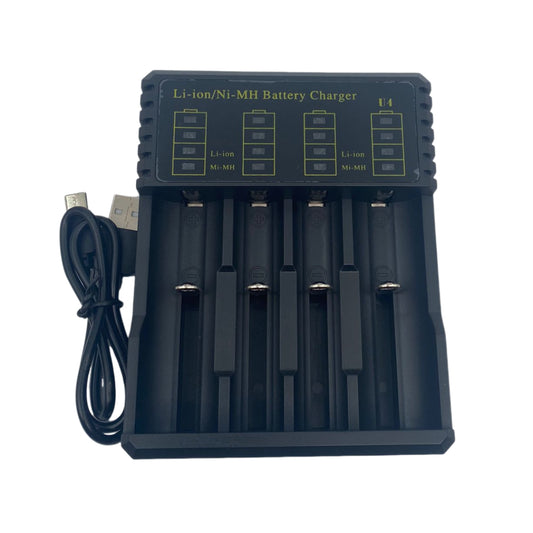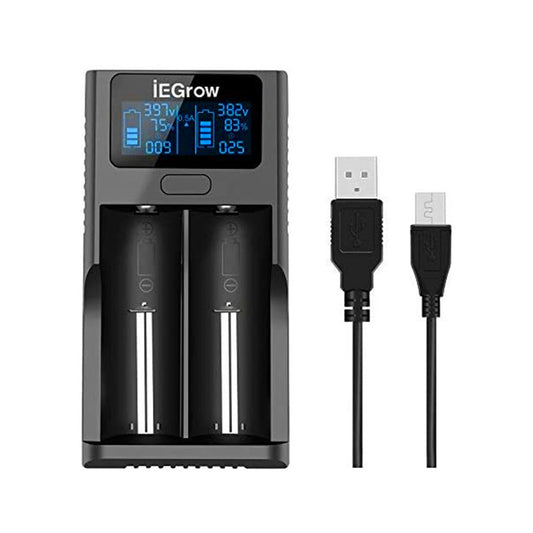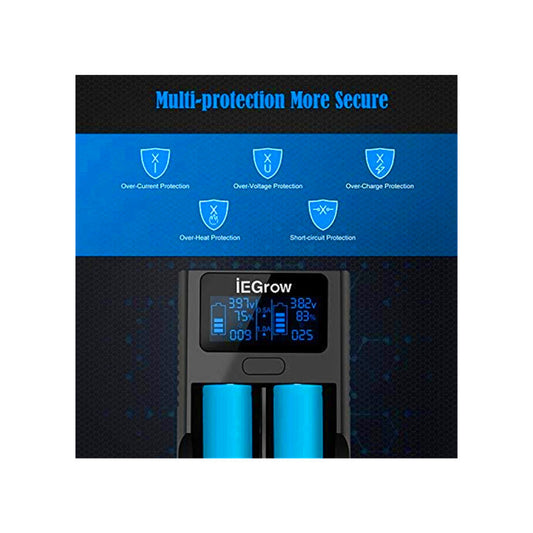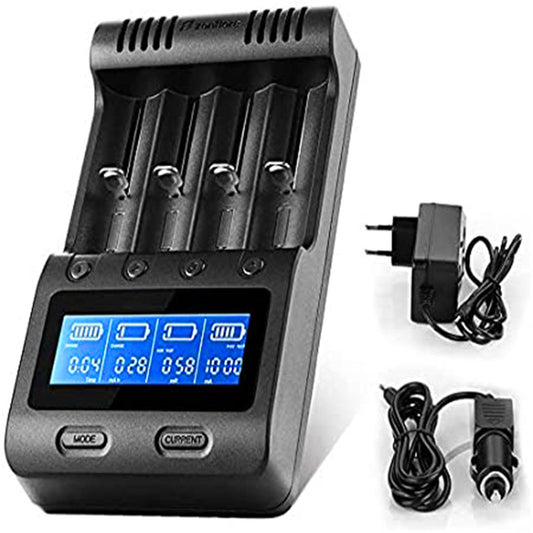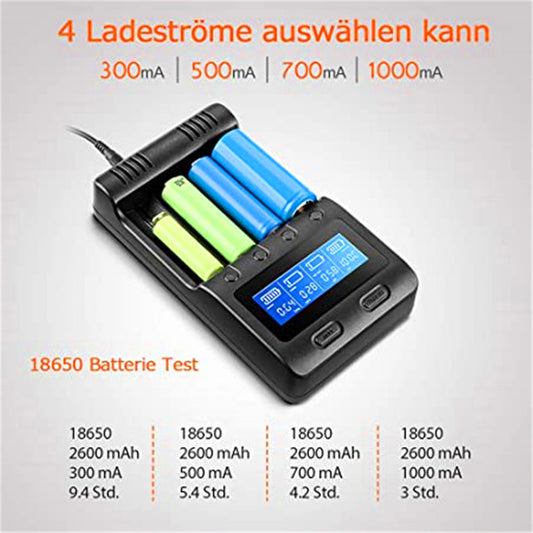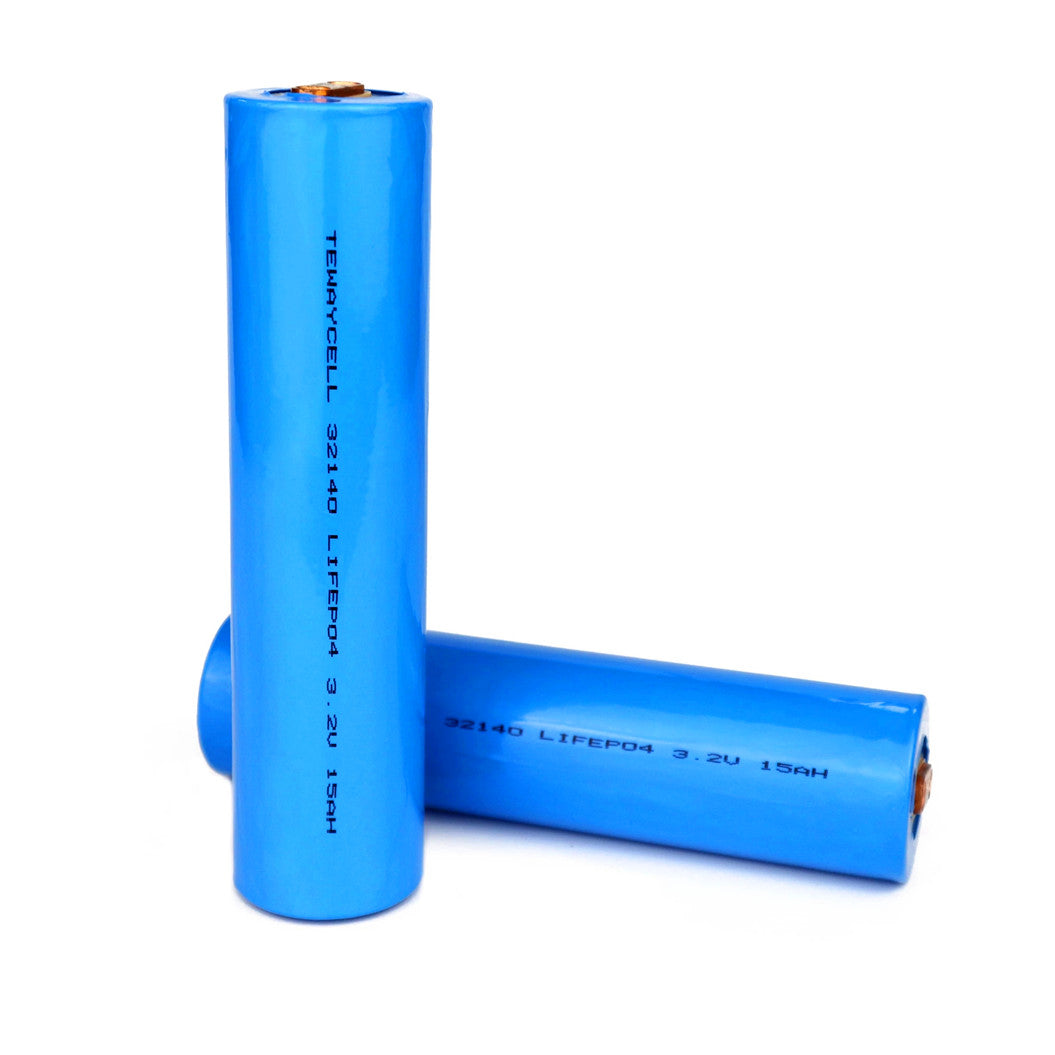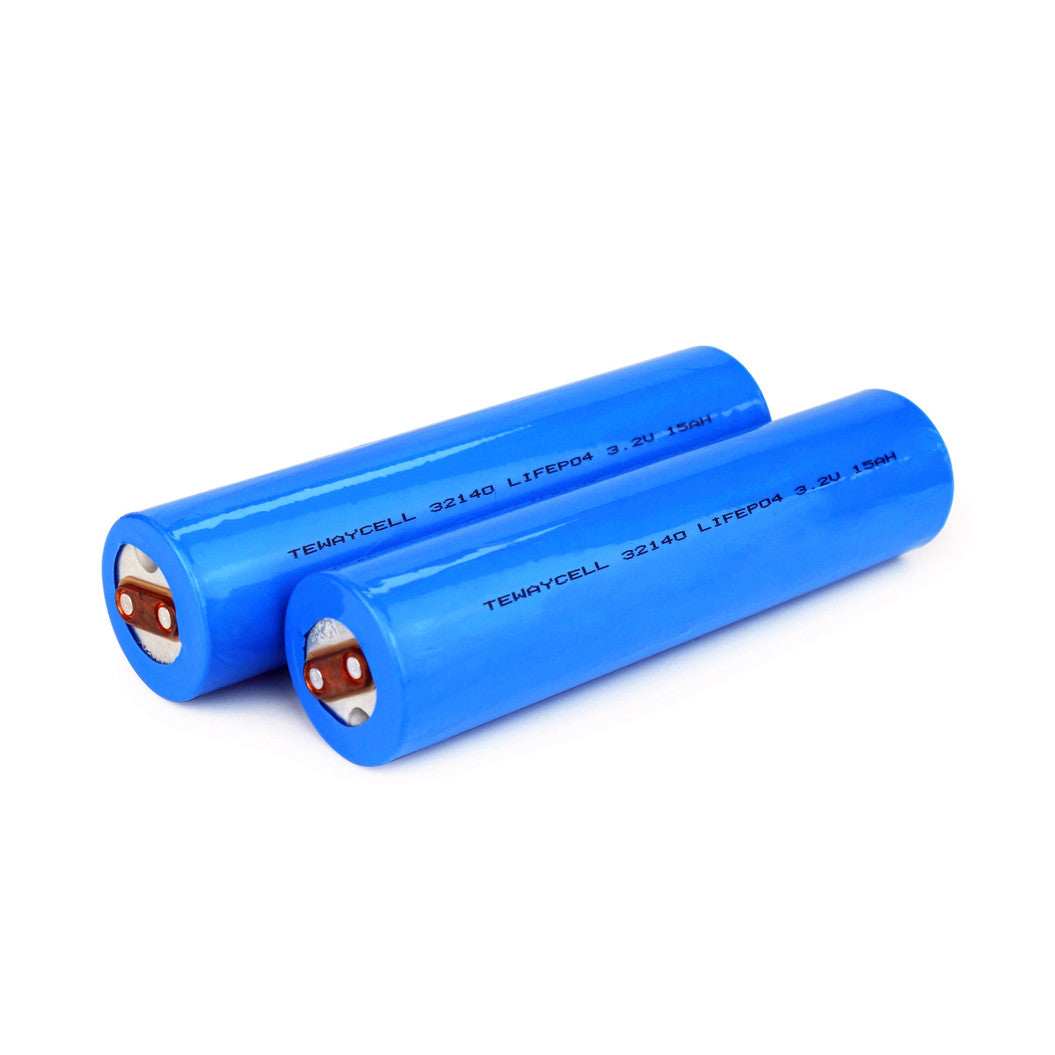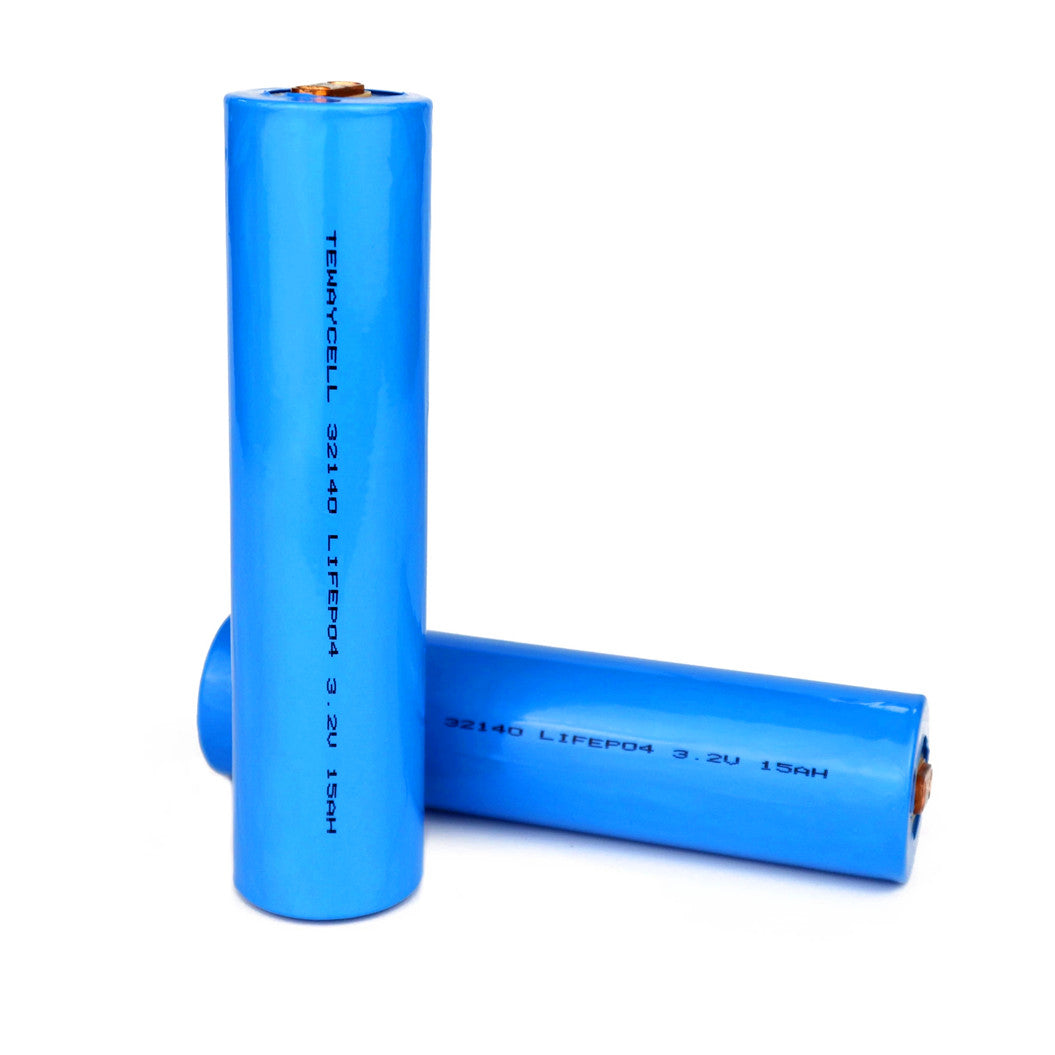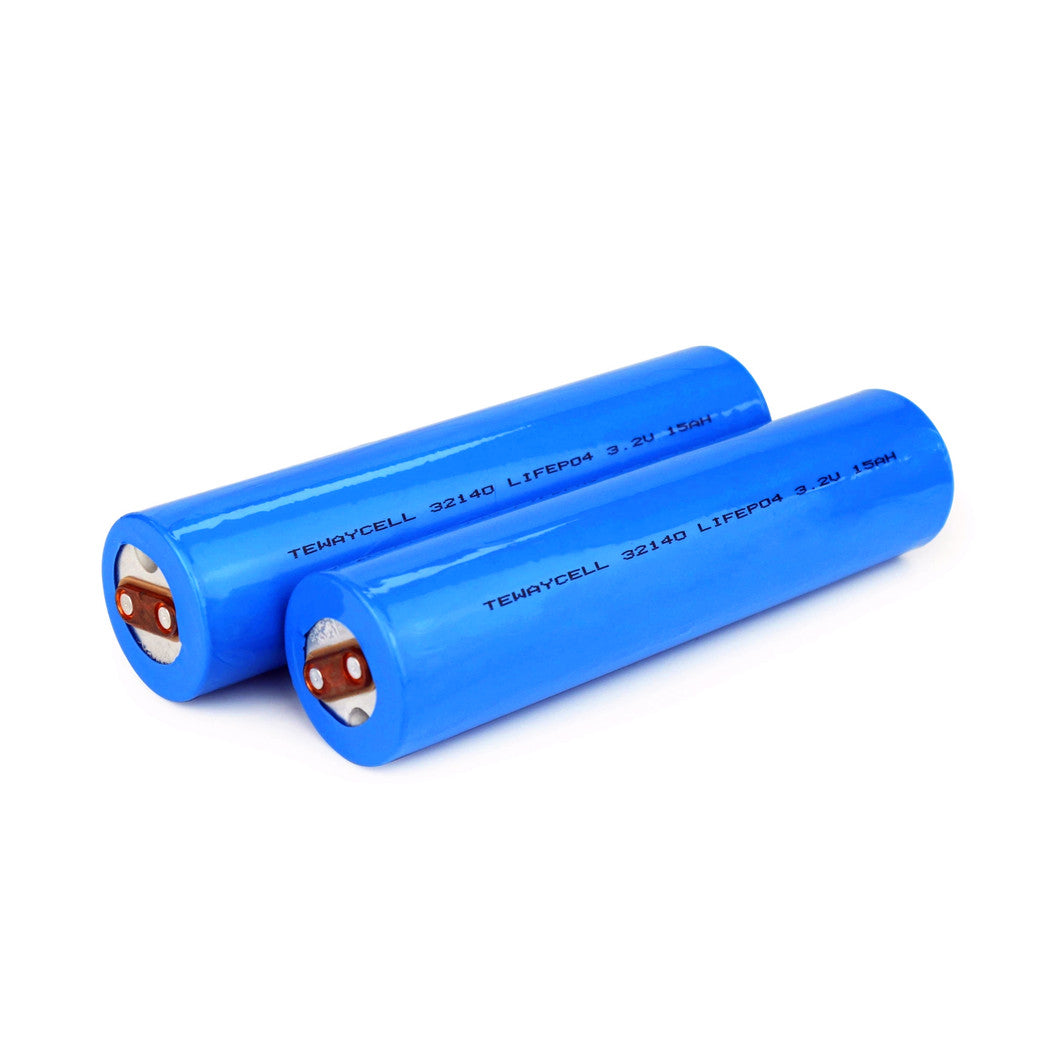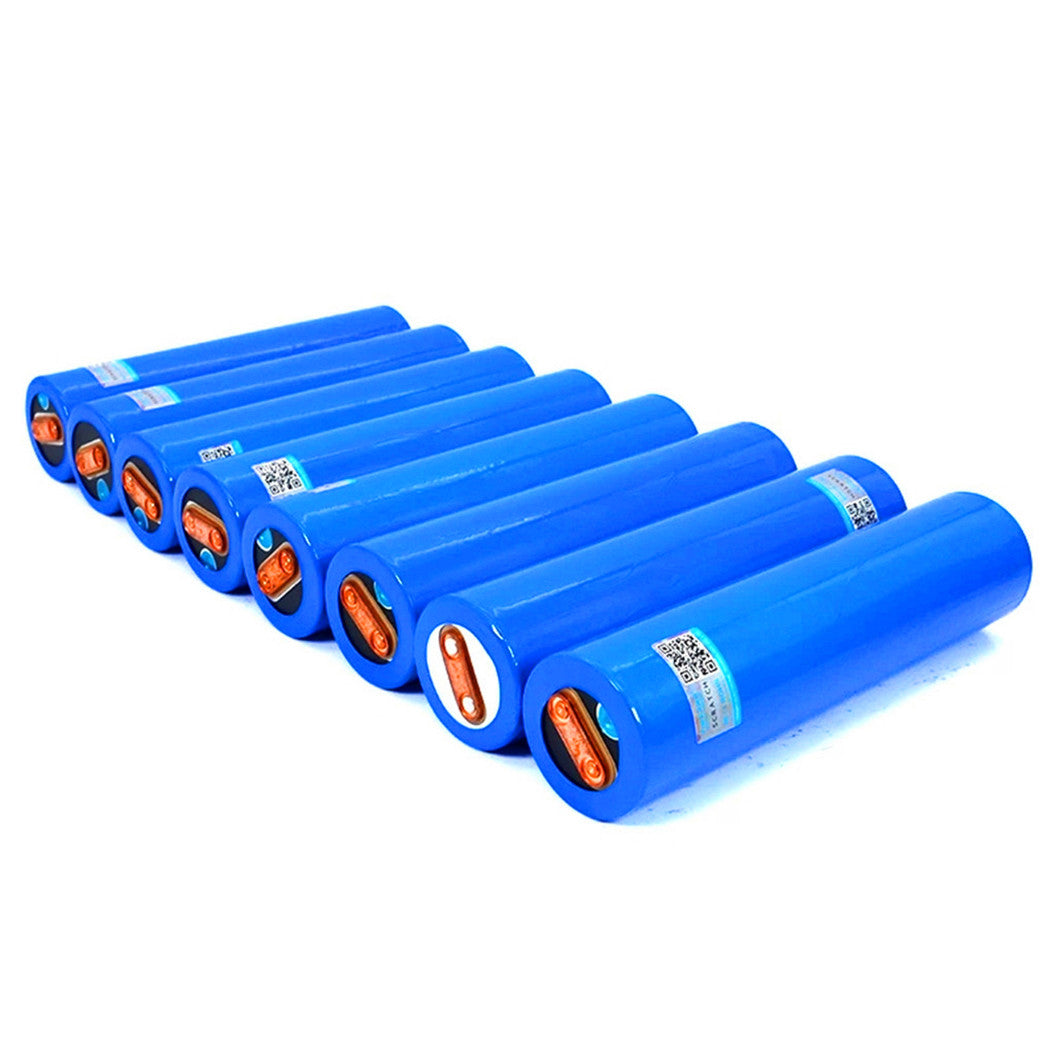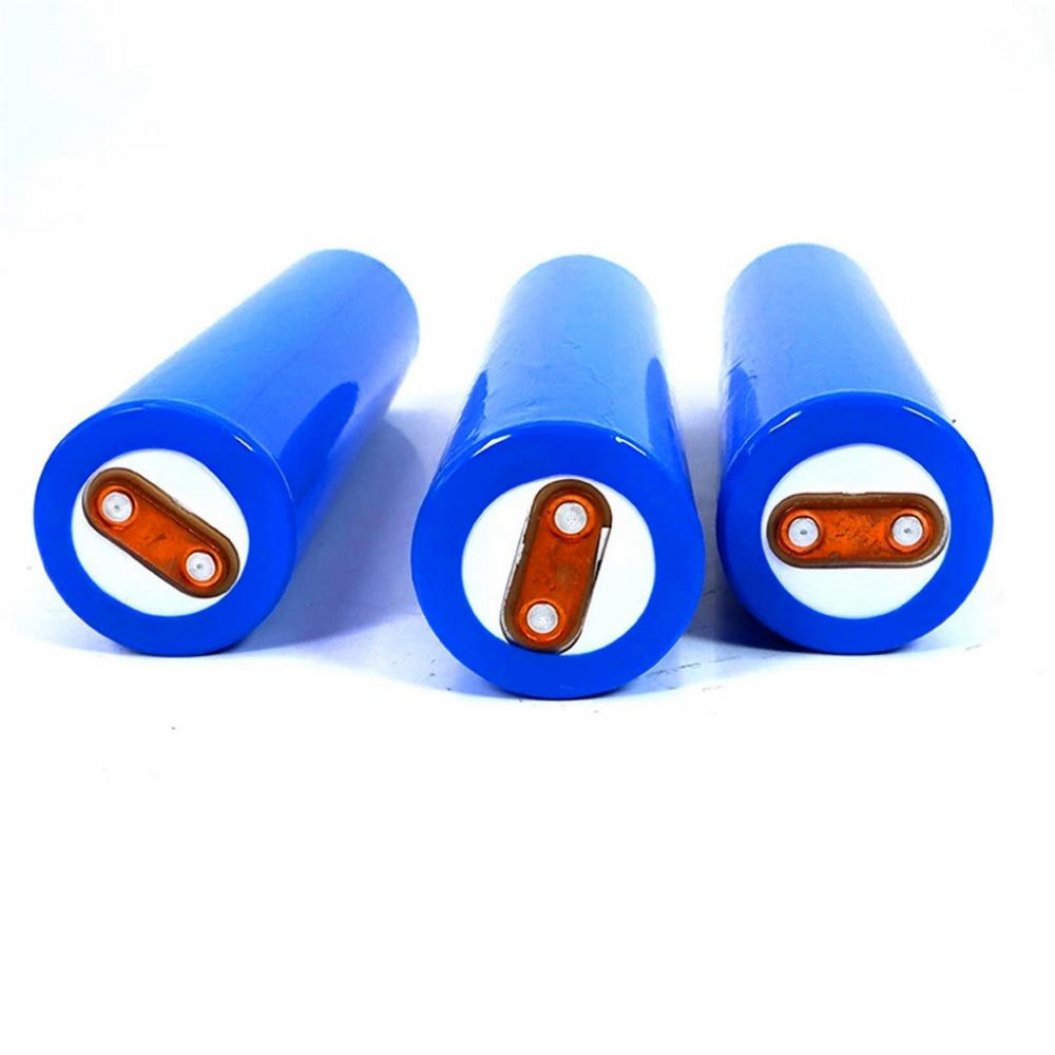-
Fornecedor:BATTERYINT
Bateria Recarregável 3.2V 15000mAh 33140 Lifepo4 de Lítio
- Preço normal
- $14.68
- Preço normal
-
- Preço de saldo
- $14.68
- Preço unitário
- por
Bateria Recarregável 3.2V 1... -
Fornecedor:BATTERYINT
Bateria Recarregável 33140 3.2V LiFePO4 15000mAh para Energia de Backup e Lanterna
- Preço normal
- $24.81
- Preço normal
-
- Preço de saldo
- $24.81
- Preço unitário
- por
Bateria Recarregável 33140 ... -
Fornecedor:BATTERYINT
12pcs 3.2V 33140 15Ah Battery for DIY 4S 12V 24V 36V 48V 20Ah 30Ah Ebike Electric Scooter Power Tool
- Preço normal
- $199.00
- Preço normal
-
- Preço de saldo
- $199.00
- Preço unitário
- por
12pcs 3.2V 33140 15Ah Batte... -
Fornecedor:batteryzone-de
4 Peças de Bateria LiFePO4 3.2V 33140 15Ah para DIY 4S 12V 24V 36V 48V E-bike, Scooter Elétrico
- Preço normal
- $89.99
- Preço normal
-
- Preço de saldo
- $89.99
- Preço unitário
- por
4 Peças de Bateria LiFePO4 ...
Showing 1 -4 of 4 items
1. What is a 33140 lifepo4 battery?
The 33140 lifepo4 battery is a rechargeable lithium iron phosphate battery with dimensions of 33 mm in diameter and 140 mm in height. It’s known for its high energy density, excellent safety profile, and long cycle life, making it ideal for applications that require reliable and consistent power. Compared to other lithium-ion chemistries, lifepo4 33140 cells are more stable and resistant to overheating and thermal runaway, which is why they’re often chosen for high-performance applications.
2. What are the primary uses of the 33140 batteries?
The 33140 batteries is commonly used in various industries, particularly in electric vehicles, solar energy storage, and power tools, due to its high energy output and long cycle life. It is also well-suited for applications that demand frequent charging and discharging, such as emergency backup systems and portable power solutions. LiFePO4 33140 batteries are especially valued for their compact size and stable chemistry, making them a preferred choice for projects requiring both durability and consistent performance under high-power loads.
3. How long does a 33140 batteries last?
The lifespan of a 33140 batteries can vary depending on its usage, but it generally offers an impressive cycle life of 2,000 to 3,000 cycles or more under ideal conditions. This cycle life is significantly longer than traditional lithium-ion batteries, which often have a lifespan of around 500 to 1,000 cycles. With proper care, including avoiding overcharging and extreme temperatures, lifepo4 33140 cells can last upwards of 10 years, making them a cost-effective solution for long-term energy storage.
4. Can the 33140 lithium batteries be used in cold temperatures?
Yes, the 33140 lithium batteries can operate in colder temperatures, although its performance may be affected at very low temperatures. Typically, LiFePO4 33140 batteries can function effectively in environments as cold as -20°C (-4°F), but discharge rates may be slower, and the overall capacity can be reduced. For optimal performance, it’s best to use these batteries within the recommended temperature range, and if they’re frequently used in cold environments, incorporating a battery heating system can help maintain efficiency.
5. Are 33140 batteries safe for indoor use?
The 33140 batteries is considered one of the safest lithium-ion battery types and is suitable for indoor use when properly managed. Unlike other lithium-ion chemistries, LiFePO4 33140 batteries are highly stable and less prone to overheating, reducing the risks of fires and explosions. Additionally, these batteries do not release harmful gases during normal operation, making them safer for confined spaces. However, it’s still essential to follow standard battery safety practices, including avoiding exposure to extreme temperatures and keeping the battery away from flammable materials.
6. How do I charge a 33140 lifepo4 battery?
Charging a 33140 lifepo4 battery is straightforward, but it requires a charger specifically designed for LiFePO4 chemistry to ensure optimal performance and safety. These chargers typically employ a constant current/constant voltage (CC/CV) charging method. To charge lifepo4 33140 cells, simply connect them to the appropriate charger and allow them to reach full charge, which generally takes a few hours depending on the charger’s output and battery capacity. It’s important not to use chargers meant for other lithium-ion batteries, as they can damage the LiFePO4 cells.
7. What are the main advantages of using a 33140 lifepo4 battery over other types?
The 33140 batteries has several advantages, including a longer cycle life, improved thermal stability, and enhanced safety features. Unlike traditional lithium-ion batteries, LiFePO4 33140 batteries are more resistant to thermal runaway, reducing the risk of fires. Additionally, these batteries have a flatter discharge curve, which means they maintain a more consistent voltage throughout the discharge cycle, providing reliable power until the battery is nearly depleted. Their ability to handle deep discharges also makes them ideal for applications that require frequent recharging.
8. Can a 33140 batteries be connected in series or parallel?
Yes, 33140 LiFePO4 batteries can be connected in series or parallel to increase the voltage or capacity, respectively. Connecting lifepo4 33140 cells in series will increase the overall voltage output, which is useful for applications requiring higher voltage, while connecting them in parallel will increase the capacity, allowing for longer runtime. It’s essential to use batteries with similar voltage and capacity ratings and to incorporate a battery management system (BMS) to ensure balanced charging and discharging, which helps extend the overall lifespan of the battery pack.
9. What should I consider when storing 33140 batteries for a long period of time?
When storing a 33140 batteries for an extended period, it’s best to keep it at a 50% charge to prevent over-discharge or overcharge, both of which can reduce battery lifespan. LiFePO4 33140 batteries should be stored in a cool, dry place away from direct sunlight, as high temperatures can accelerate cell degradation. Additionally, it’s advisable to check the battery every few months and top it up if necessary to maintain the charge at an optimal level. Proper storage conditions can help preserve the battery’s capacity and extend its useful life.
10. Are there any environmental concerns with disposing of 33140 batteries?
LiFePO4 batteries, including the 33140 type, are generally considered more environmentally friendly compared to other lithium-ion batteries because they do not contain harmful heavy metals like cobalt, lead, or cadmium. However, lifepo4 33140 cells still need to be disposed of properly at designated battery recycling centers to ensure that the materials can be safely reclaimed or neutralized. Improper disposal, such as throwing them in household trash, can lead to environmental contamination, so it’s important to follow local guidelines for battery disposal and recycling.


